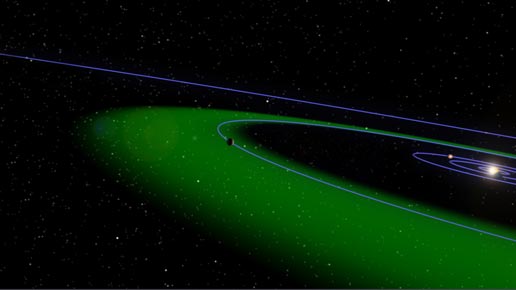Regions Suitable for Life
The region surrounding a star where a planet can maintain the necessary conditions for life is known as the “habitable zone.” Astronomers generally define this zone as the area where the balance between the star’s radiation onto the planet and the planet’s radiative cooling allows for liquid water on the surface. This definition assumes that the planet has both an atmosphere and a solid surface. In our own solar system, Earth is comfortably located within the habitable zone, which extends from Venus to Mars depending on the model used.
Recently, the Kepler satellite announced the discovery of 1235 potential planets orbiting other stars. The question arises: how many of these exoplanets are situated within their habitable zones and could potentially support life to some extent? According to the original Kepler paper, fifty-four of these planets were found to be within their habitable zones.
Astronomers Lisa Kaltenegger (now at the Max Planck Institute for Astronomy) and Dimitar Sasselov from the CfA have conducted a more detailed analysis of the conditions required for a planet to exist within its habitable zone. They consider five key factors: the amount and spectral characteristics of the star’s radiation reaching the planet, the planet’s eccentricity (how its distance from the star varies during its orbit), the planet’s reflectivity, including the impact of partial cloud cover, the concentration of greenhouse gases, and specific details about the planet’s atmosphere.

Based on reasonable assumptions, scientists have determined that the habitable zone in our solar system extends from the orbit of Venus to well beyond the orbit of Mars, reaching nearly to the inner edge of the main asteroid belt. However, when these assumptions are applied to the 1235 candidates in the current Kepler catalog, it is discovered that the original estimate of fifty-four planets in the habitable zone was significantly overstated.
A more precise estimate reveals that only six of the Kepler exoplanetary candidates, assuming they possess atmospheres, could potentially exist within a habitable zone. These findings represent a significant advancement in the ongoing search for planets similar to Earth, not solely limited to Earth-sized planets, in other star systems.
This article is republished from PhysORG under a Creative Commons license. Read the original article.
Do not forget to share your opinion with us to provide you with the best posts !



0 Comments